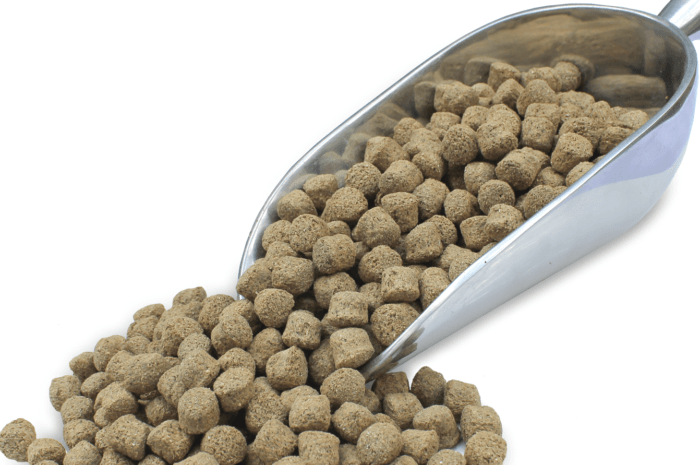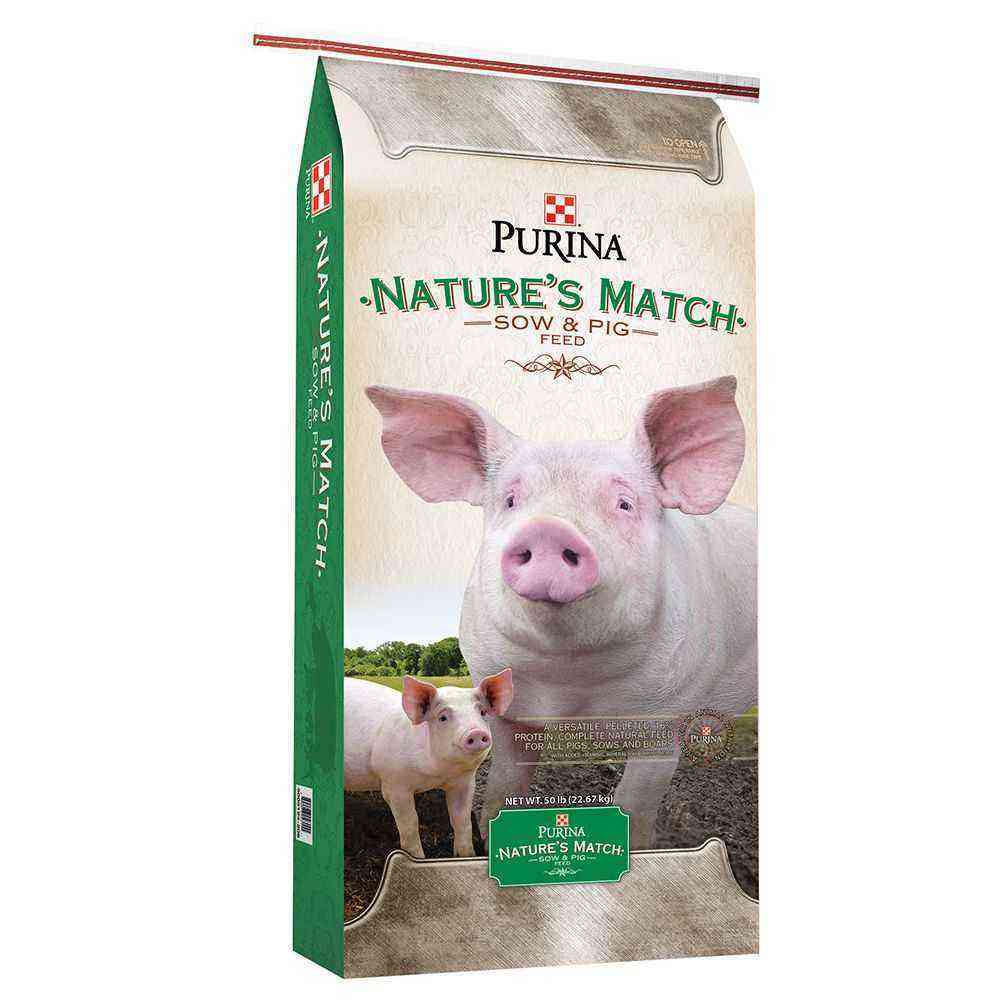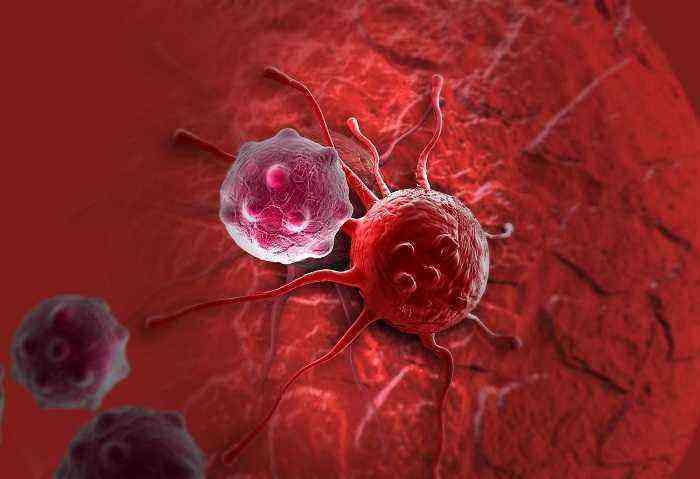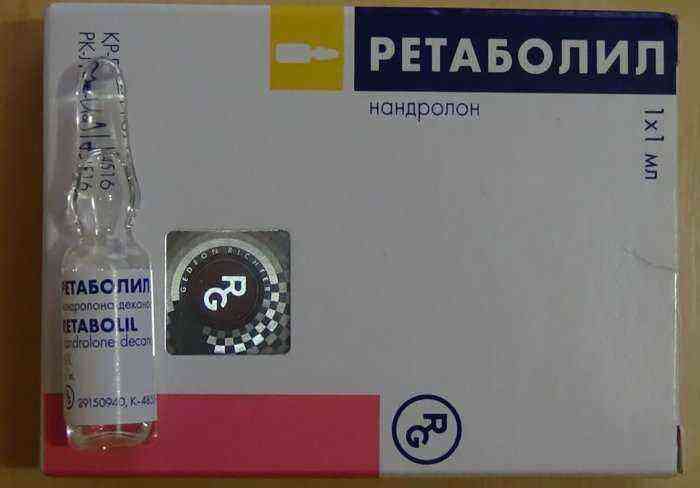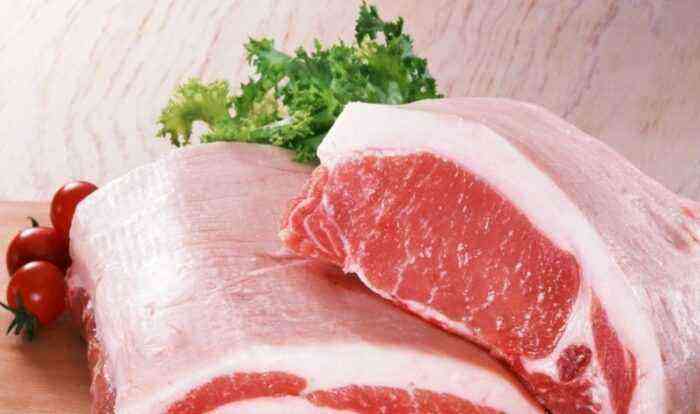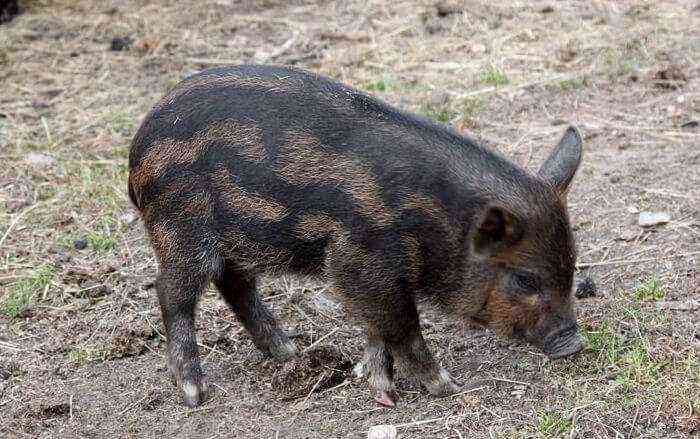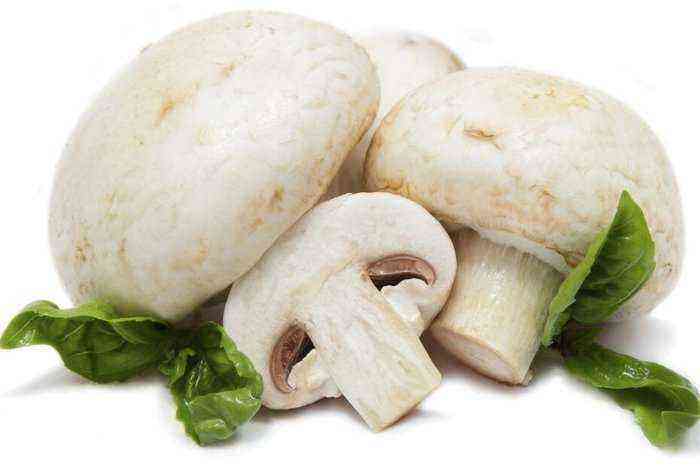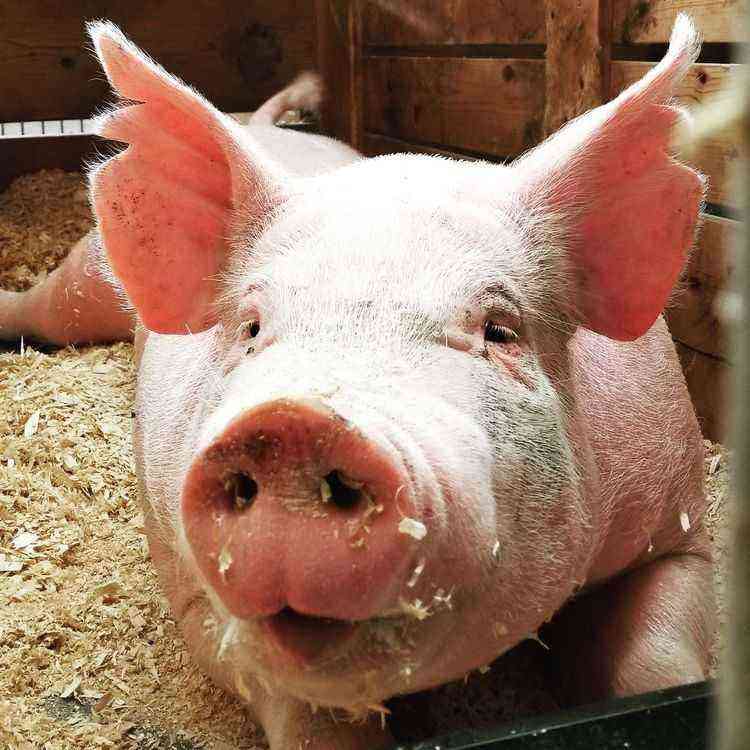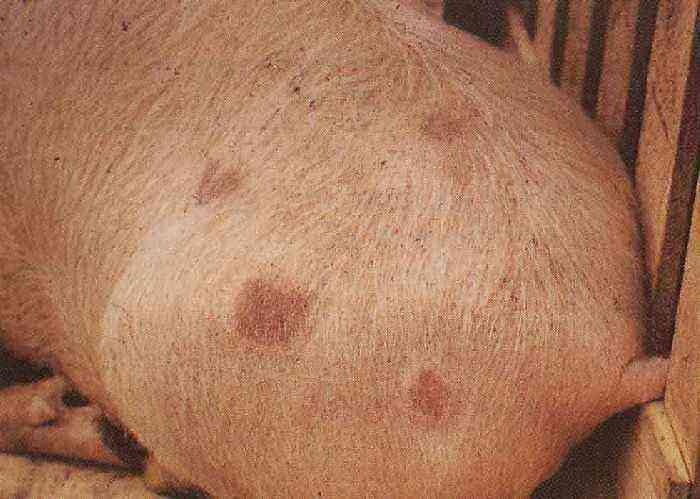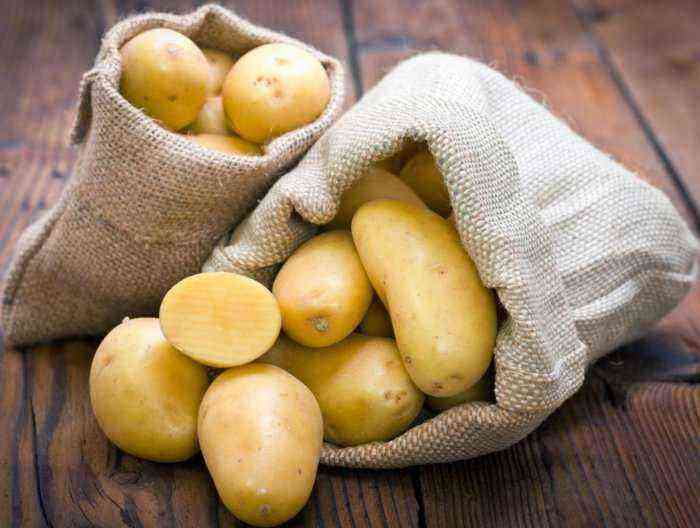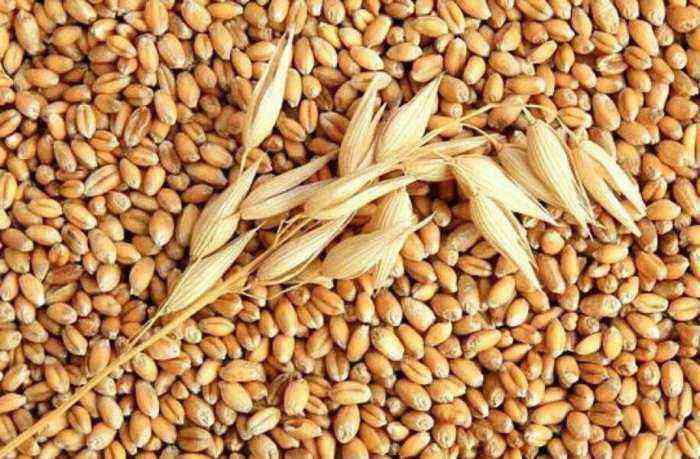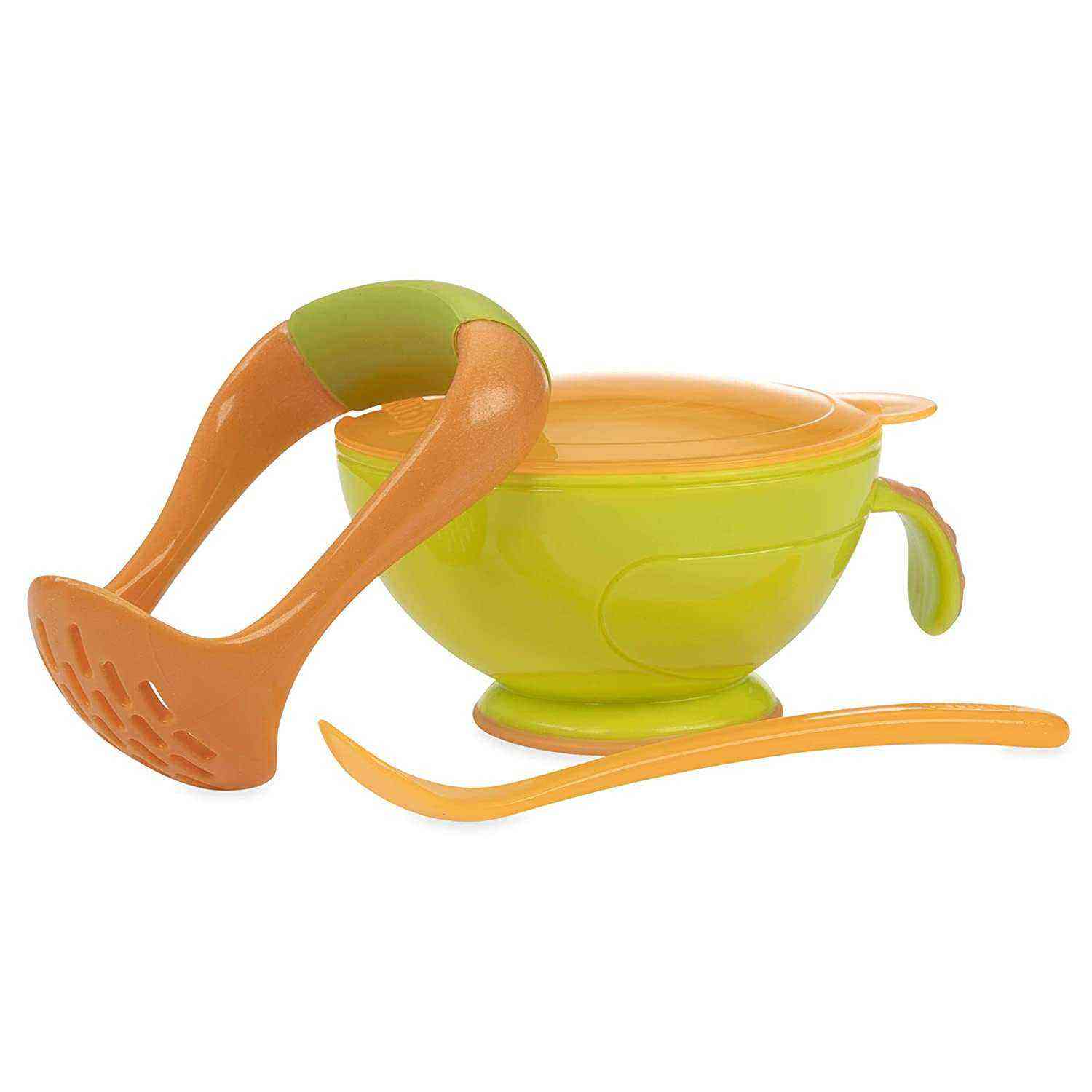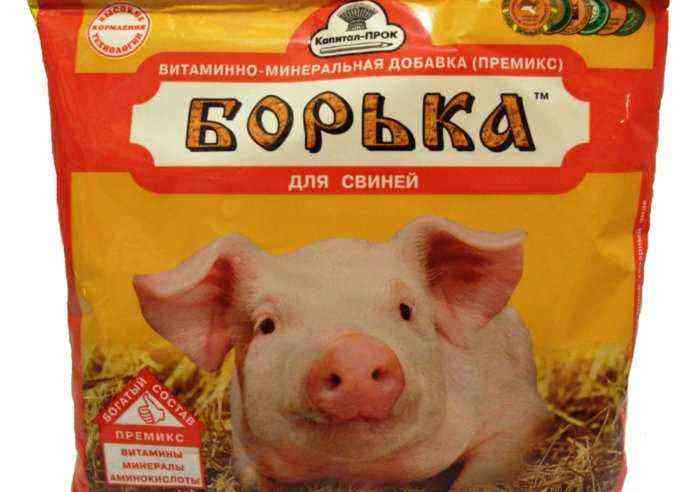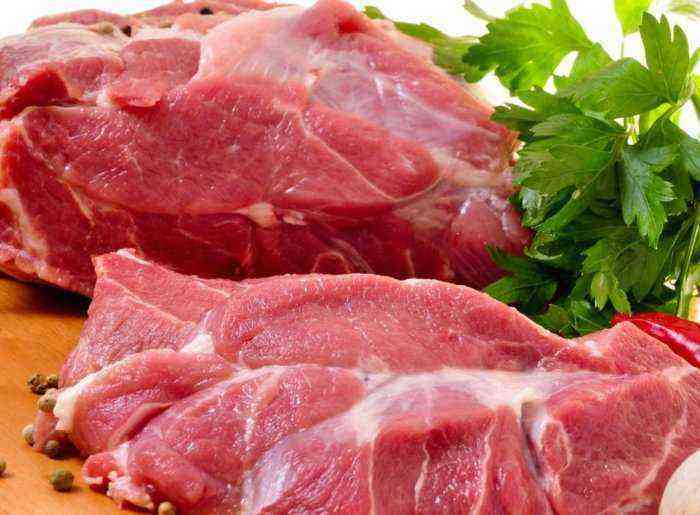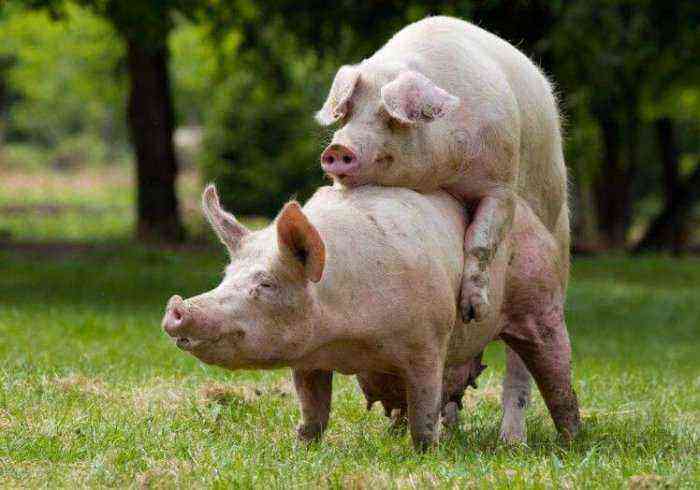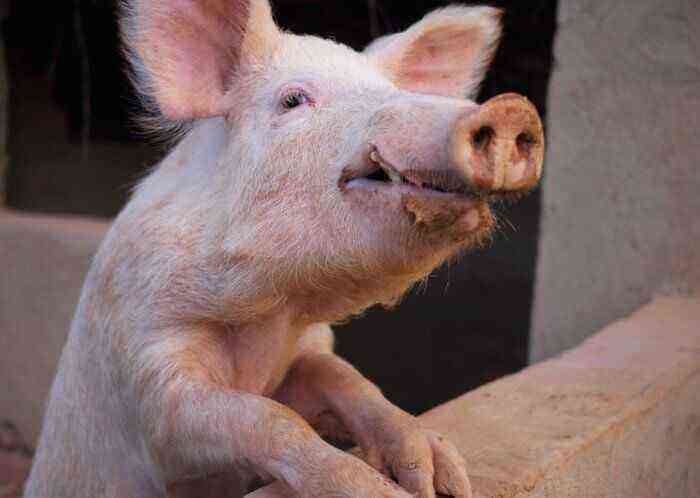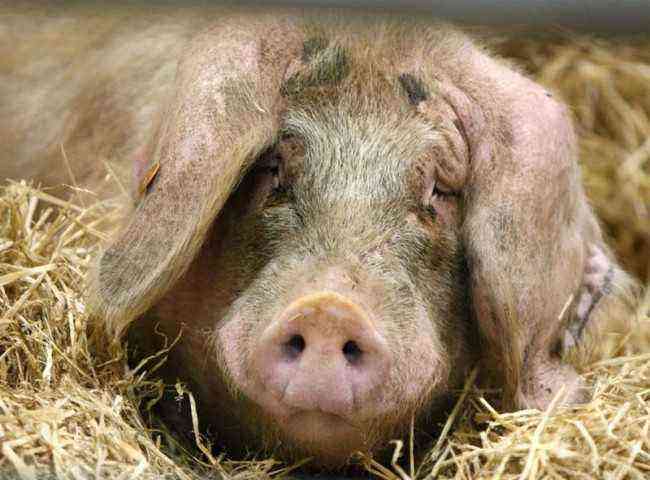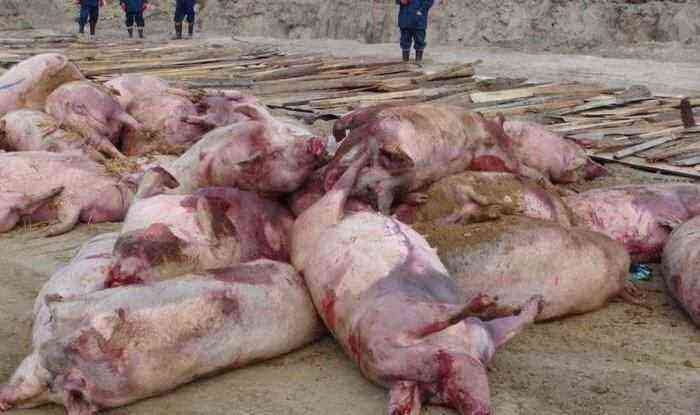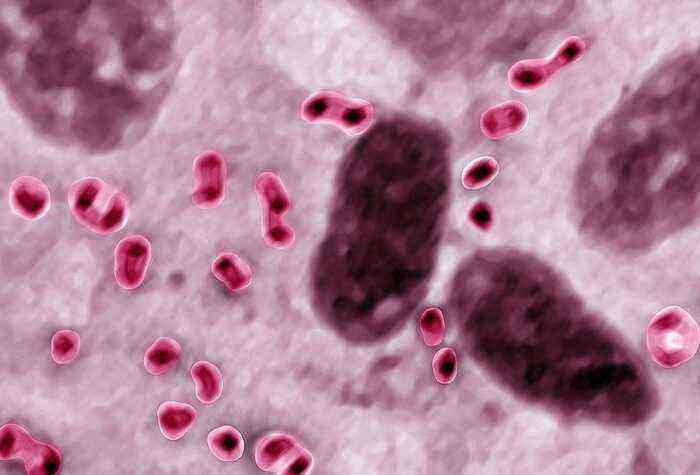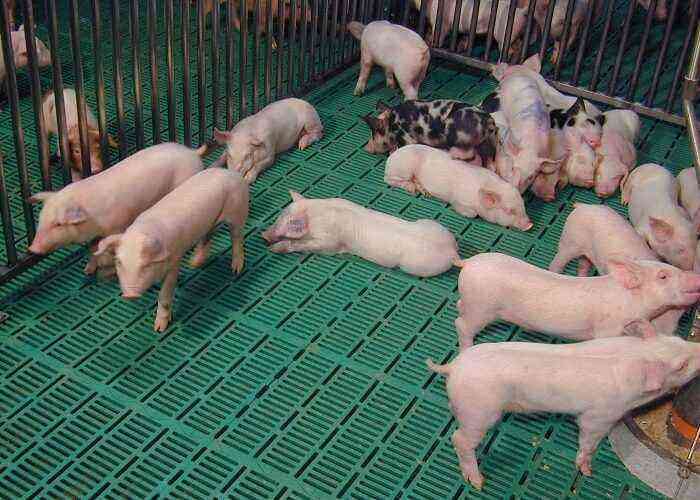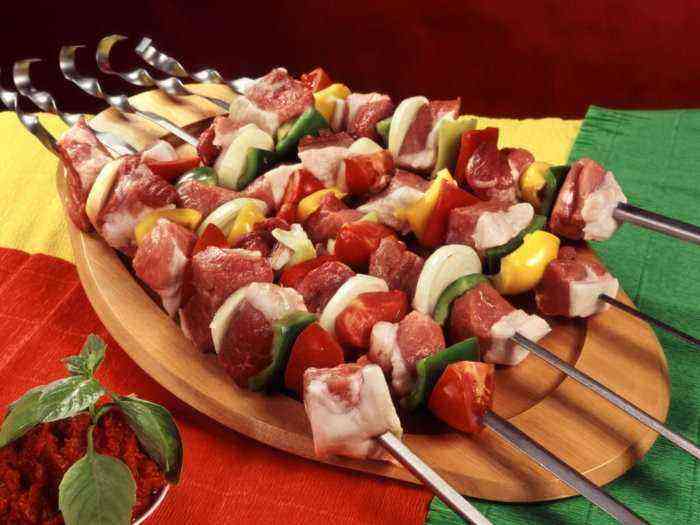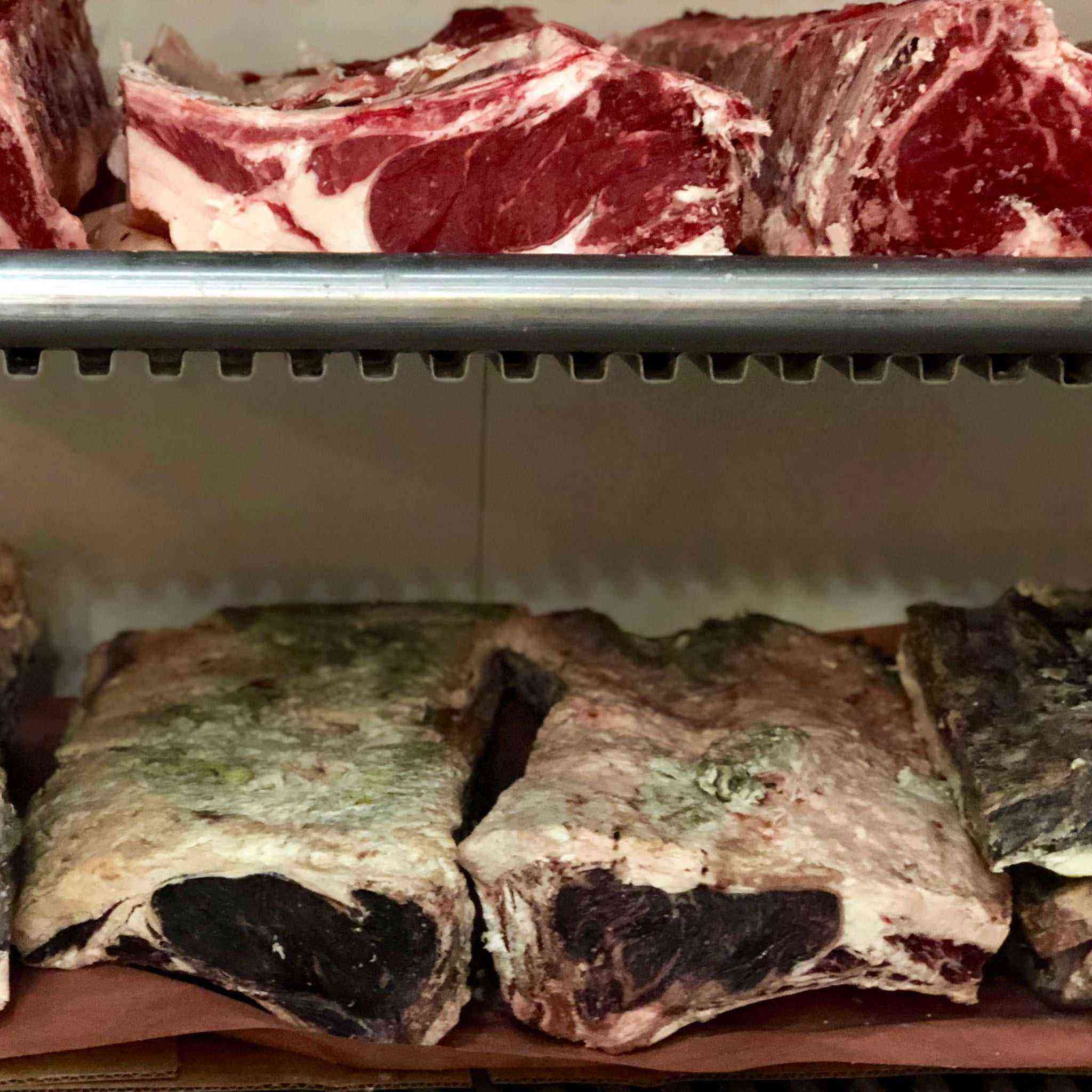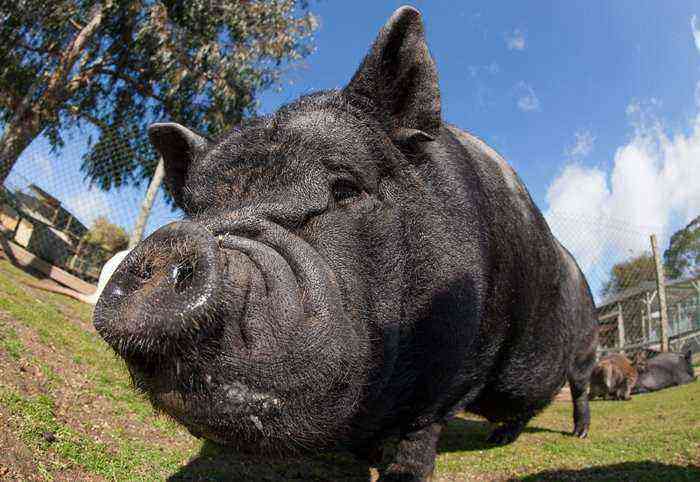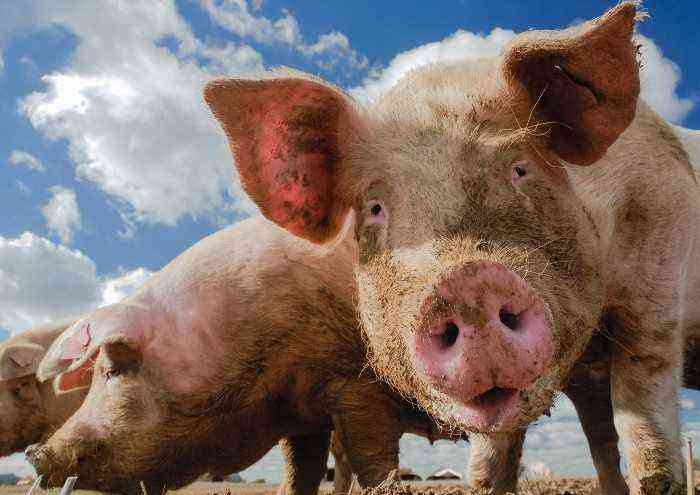A properly balanced diet and the use of fresh quality feed can significantly increase the growth rate, productivity and fertility of pigs. But planning such a diet should be approached as carefully as possible. When choosing feed for the rapid growth of pigs, it is necessary to take into account the age of the animal, its weight, and physiological characteristics. Only if such moments are observed, the farm will develop normally.
Concentrated feed for pigs
Types of feed
By nature, pigs are omnivores. That is why, when choosing feed for the rapid growth of piglets, several different types of products are included in the diet at once. This approach allows you to fully meet the needs of the livestock body for nutrients, vitamins and minerals necessary for the growth and development of the animal.
Among themselves, all types of food can be divided according to different characteristics. Among them, the most common is the origin. In accordance with it, all fodder reserves can be divided into vegetable and animal origin.
Commonly used plant foods include the following:
- concentrates. This category includes grains of cereals and legumes (barley, soybeans, peas, corn). Such food is an essential component of the pig’s diet.
- Waste processing of vegetable raw materials. This includes meal, cake and cereal bran.
- Green fodder. It is a mandatory component of feeding in the summer. Includes leguminous greens (clover, alfalfa, vetch, peas), beet tops, various herbaceous plants.
- Juicy fodder stocks. These include beets, potatoes, pumpkins, apples, pears, carrots, corn silage.
- Rough. Coarse food mainly includes hay of cereals and legumes, as well as straw, which is steamed in a certain amount of hot water before serving.
As for feeds of animal origin, they include:
- various dairy products (skim, whey, whole milk);
- fish processing waste;
- meat and bone meal, other meat production wastes.
Attention! The listed types of feed can be given separately with the alternation of the components of the diet or in the form of compound feed, which includes several ingredients at once. Compound feed in its composition can be starter, complete or replace only a certain part of the menu compiled for animals.
Food waste can also be included in a separate category. In households, they are also introduced into the diet at certain stages of animal development. Plant foods also include acorns and some types of mushrooms.

Acorns in the diet of pigs
How to feed piglets to grow quickly?
To quickly raise a piglet, you should calculate the diet in strict accordance with its physiology at each stage of development. Therefore, fattening for each age of the young will include its own components and norms. Do not worry about proper feeding only for newborn babies, provided that they are kept with a sow. In this case, for the first 1-2 weeks, the cubs will have enough mother’s milk to fully cover their nutritional needs. When feeding piglets of all other ages, certain recommendations should be followed.
milk pigs
At the first stage of life, the piglet needs to provide a large amount of energy and vitamins, which are the main condition for rapid growth. But new food should be given to the baby in small portions, increasing them over time. You can implement this approach in accordance with the following plan:
- The first 5-7 days the baby should be fed exclusively with mother’s milk. It will provide the piglet with the necessary amount of protein, carbohydrates and vitamins.
- From day 5, when the first teeth appear in the young, it can be gradually accustomed to concentrates by feeding small portions of toasted wheat or corn. Also, the diet should be diluted with yogurt. It will help normalize bowel function.
- On the 7th day, you can already try to add premixes to the feeder.
- From day 10, the animal can already begin to accustom to succulent feed. Finely grated carrots are suitable for this. But it should be administered with extreme caution, starting with a norm of not more than 10 g per day. It will also be useful to supplement the diet with legume hay.
- From about 10 days in the summer, small piglets can be fed pasture. In this regard, nettle and midge are well suited. Young animals are happy to eat other greens, but you should be careful not to allow piglets to poisonous plants.
- Immediately after the offspring learns to cope with concentrates and begins to drink on their own, you can also enter porridges steamed in water or mixed with skim milk on the menu. Reverse and whole cow’s milk is desirable to give young animals regularly in the first months of life.
- By the age of 1,5 months, it is already possible to introduce all feed into the diet of a piglet and wean it from its mother. During this period, it is imperative to give young animals mineral supplements, bone meal and pierce or feed mineral complexes with food.
- From the age of 2 months, it is better to remove corn, buckwheat, bran and soy from the animal’s menu. These products can greatly slow down the growth of the baby, provoke obesity and spoil the quality of the meat.
In addition to the main diet, chalk, clay and charcoal should also be introduced into food from the age of two weeks. For a two-month-old piglet, an approximate diet would look like this:
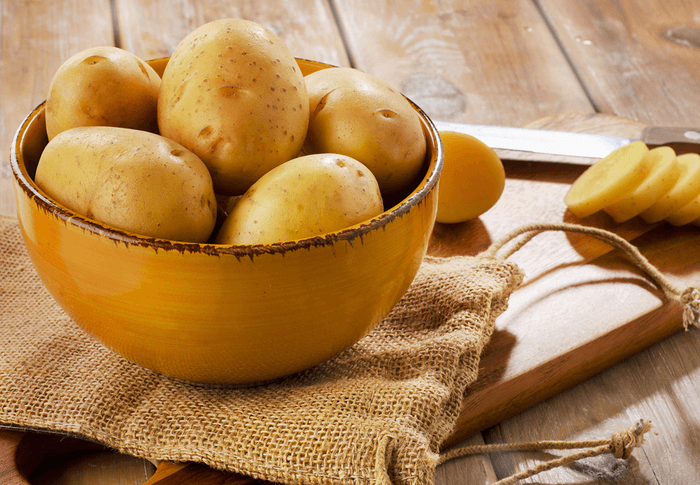
Boiled potatoes
- concentrated feed (mainly barley) – at least 150 g;
- boiled and chopped potatoes – 500 g;
- tear – 500 g;
- turn – 600 g;
- root crops – at least 250 g;
- herbal flour – 100 g;
- chalk – about 15 g;
- table salt – 10 g.
It is worth noting that, in addition to what to feed, it is also important how to feed the young. All of these feed supplies should not be given to a piglet at one time. It is better to divide one serving into 2-3 parts and pour it on the baby as the previous one is eaten. So the food will be better absorbed.
It is necessary to feed the offspring during the milk period at least 8 times until the age of 3 weeks, and then gradually reduce meals. By 2 months, their number should be 3. If all the recommendations are followed correctly, then during the milk period the piglet can grow up to 25 kg.
Cultivation
The period of growing a pig follows immediately after the dairy and lasts up to 4 months of the animal’s life. The purpose of fattening at this time is to significantly increase the gain in muscle mass of the piglet. Accordingly, for this purpose, a large amount of protein and carbohydrates are introduced into the diet.
The basis of feeding during this period are various cereals. The most successful option in this case is barley and pea porridge. Moreover, when cooking, do not introduce a lot of liquid into them. The porridge should be thick.
Also during the rearing period, dairy products continue to be given to animals. A good weight gain can be achieved when feeding with skim milk, whey, yogurt. Food waste allows you to supplement the menu, and in the summer – greens from the garden. Be sure to provide the pig with the proper amount of vegetables. To do this, it is best to alternate potatoes, carrots, pumpkins by day.
In winter, feeding is carried out with such food:
- concentrates are the basis of the diet;
- vegetables – double the norm in comparison with the summer;
- corn silage;
- chaff and hay dust.
Attention! It is imperative to add chalk and salt in the amount of 15-20 g to the listed reserves.
adult pigs
Feeding adult pigs largely depends on the purpose of raising livestock. Most often in domestic and industrial pig breeding, fattening is carried out for meat and for bacon. Each of them has its own characteristics.

Feeding adult pigs
Fattening for meat
The purpose of this feeding technology is to obtain a large amount of tender meat without a fatty layer. In this case, the animal is determined for slaughter as soon as it reaches a weight of 100-120 kg.
This type of fattening is realized at the expense of silage, potatoes, beets. Food and meat waste has a good effect on muscle mass growth and meat quality. Such food should definitely be supplemented with green grass or legume hay.
At the last stage of feeding a pig for meat, the main food should be supplemented with fishmeal, grain processing waste, and fodder yeast should be added. When implementing such fattening, it is also extremely important to provide the animals with regular walking and plenty of clean, warm drink.
Bacon feed
This feeding technology is more difficult to implement. At the end of fattening, an adult should reach a weight of 90-100 kg, no more. To get high-quality bacon, you also need to strictly follow the feeding norms, which are constantly changing at different stages of the process. It is especially important to observe the daily rate of protein in food. In the first half of fattening, it should be at least 130 g per day. In the second half, the norm decreases to 100 g.
Feeding in this case will be mainly based on the following components:
- legumes;
- grass (hay in winter);
- root crops, among which special attention is paid to carrots and sugar beets;
- serum.
Concentrated feed and silage should also be introduced into the diet. But here the main task is the correct balance of all types of feed, otherwise there will be an increase in body fat in the pig, and high-quality bacon cannot be obtained.
There are a few other important things to keep in mind while feeding adults and piglets that will increase feed conversion and keep the flock healthy. These rules include:
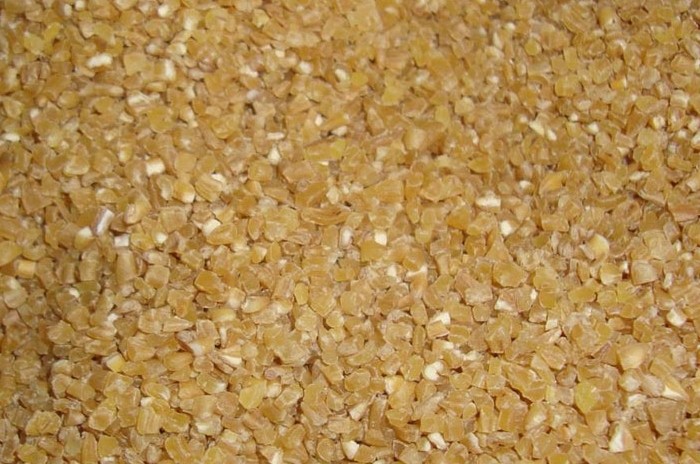
Grain for pigs in crushed form
- It is better to give grain to pigs in crushed form. This will significantly increase the absorption of nutrients from them.
- It is better to make mixers from concentrates and other components. Pigs eat them better.
- When the pig has eaten enough, the remnants of feed are removed from the feeder so that it does not ferment.
- In parallel with the correct diet, it is necessary to provide animals with proper exercise. Piglets should be accustomed to walking gradually, starting from 1 hour of walking and increasing to 6-8 hours.
What should not be fed to pigs?
Also, any owner of a pig farm should clearly know which feeds are best excluded from the diet of animals. First of all, this concerns spoiled stocks. If the feed (juicy, concentrated, coarse) shows clear signs of decay, fungus or parasites, the feed must be disposed of as soon as possible.
The possibility of harmful plants getting into the food of pigs should be completely excluded, the main ones being:
- spurge;
- pickle;
- nightshade black;
- hemlock;
- caustic buttercup.
They contain a number of substances that can cause stomach upset and a number of more complex health problems in pigs.

Feeding caustic buttercup is contraindicated
In the case of using cotton cake, it must first be steamed in boiling water. When cooking vegetables, you should also adhere to some points:
- exclusively mature potatoes without sprouts are selected for feeding;
- it is better to cook potatoes until fully cooked;
- it is better to pour out the water in which the potatoes were boiled, as it can cause indigestion;
- beets should not be steamed in hot water for a long time, otherwise substances dangerous for pigs are formed in it.
In no case should you feed animals leaves of laurel or tea, throw away coffee grounds, skins from oranges, lemons or bananas. Such products contain substances harmful to the body of the pig.
Thus, a properly constructed diet is the key to good health and high productivity of the pig. Of course, it can be quite difficult for the owner of the farm to provide feeding that meets all these points. But the efforts, money and time spent on this will pay off handsomely, bringing considerable income to the pig farm or homestead.
